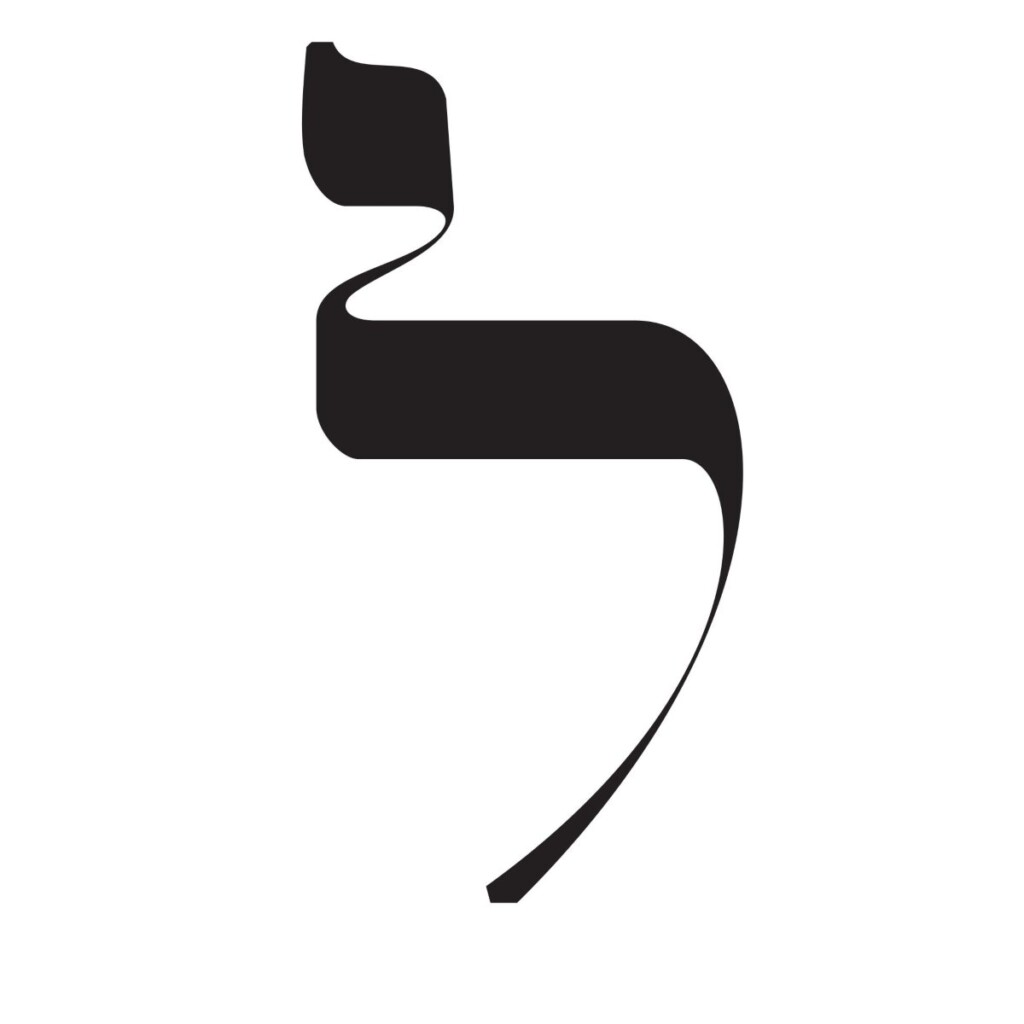Each month of the Jewish calendar corresponds to a letter of the Hebrew alphabet, to a sign of the zodiac, to one of the twelve tribes of Israel, as well as to a sensation and a corresponding regulating organ of the body states the Sefer Yetzirah.
The month of Tishrei – Month of Strength – Month of the Elders
The seventh month of the twelve in the Jewish calendar is called Tishrei.
The autumn “period” (Tekufah) begins in this month, whose three months – Tishrei, Cheshvan, Kislev – correspond to the three tribes of the camp of Ephraim – Ephraim, Menashe, Benjamin – which were located west of the wilderness camp.
The Bible refers to Tishrei as “the month of strength” or “the month of the elders,” or Yerach Haeitanim. Tishrei is the first month of the year when it comes to counting the “year”; before Israel received the Torah, it was the first month of the year in general.
As it is stated [about Divine providence over the country of Israel and the entire world], “the eyes of Havaiah your God are constantly there, from the beginning of the year to the end of the year,” Tishrei is permuted into reishit, “beginning.”
Seventh Hebrew calendar month
Tishrei is the “dearest” of months, as it is the seventh month since Nissan, the month of redemption and Jewish independence.
Tishrei is characterized as “the most satiated of months” because it is “filled” with more mitzvot and festivals than any other month of the year. The word “seven” is associated with the feeling of being satisfied.
The six months of winter, which correspond to the six levels of “reflected light,” begin in Tishrei (in the divine service: “awakening from below”). The name Tishrei, which begins with the three letters tav shin reish in the order of alef-“reflected” bet, suggests this regard (from the end to the beginning).
Color: Red Violet, letter: lamed
The only letter of the alef-beit whose figure rises above the upper limit of the letter is lamed.
This is considered to symbolize lamed’s deep desire to return to its fundamental, unchanging source – the essence of God’s Infinite Being – and its existential goal.
This is what it means to make Rosh Hashanah and Yom Kippur a “return.” During the holiday of Sukkot, God’s limitless light descends and takes the form of the two lamed lulav.
Mazal: moznaim (Libra – Scale)
The scales represent the divine evaluation and judgment of all of man’s actions on Rosh Hashanah and Yom Kippur.
Moznaim, which derives from the word oznaim (ears), denotes balance and harmony (the inner sense of the ears). According to Kabbalah, the necessary condition for “face-to-face” marriage is balance. This is the spiritual state that is achieved during the month of Tishrei.
Tishrei “faces” Nisan in the 365-degree annual cycle. Israel’s “redemption” (the “light” of Nisan) is received and incorporated into nature (and its immutable rules) on Tishrei; as a result, God judges Israel with mercy on Tishrei.
Tribe: Ephraim
Joseph, the soul par excellence of the capacity for conception in the marital union, is the father of Ephraim.
The first commandment God gave to Adam on the day of his creation – the first of Tishrei, Rosh Hashanah – was “be fruitful and multiply”, the general mitzvah of procreation. This is where the name Ephraim comes from.
In a spiritual sense, this mitzvah is performed throughout the Tishrei holidays, from Rosh Hashanah to Shemini Atzeret and Simchat Torah.
The first six days of Sukkot correspond to “his right-hand embraces me”, the ten days of repentance, to “his left hand is on my head” and the seventh day of Sukkot, Hashanah Rabbah, to “he will kiss me with the kisses of his mouth”.
The union itself initiates the Divine state of “pregnancy”, which lasts until the Divine birth of the new soul of Israel on the seventh day of Pesach, the day the Red Sea was opened to give birth to a new soul – a new state of Divine consciousness. Shemini Atzeret and Simchat Torah correspond to this union.
Meaning: touch (touching, marriage)
The Hebrew word for “marital relations” is related to the term meaning “to touch.”
As stated above, this is the meaning directly associated with the name Ephraim. The only one of the five broad and common senses that are not concentrated on the “face” of man is touch (but certainly on the fingertips).
Since its source is in the “unknowable mind” of Keter, procreative “contact” occurs “face to face” but “in darkness” (in demure, tzniut).
Controller: gallbladder
According to Kabbalah, the “green humor”, which resides in the gallbladder, is the origin of all sexual awakening.
The green humor represents the state of harmony or “amalgam” between the white humor (found in the lungs) and the red humor (the state of mizug, related to zivug, marital union) (residing in the liver).
Tishrei, the first month of autumn and the “amalgamation” of summer and winter is the month that best exemplifies this. According to what we have been taught, the procreative “touch” of Tishrei is most effective when it oscillates between hot and cold, particularly at “midnight,” between the two halves of the night, etc.
The green mood of the gallbladder is corrected and well balanced by the deep spiritual sense of Tishrei, controlling and permeating all of man’s activities (throughout the coming year) with Divine procreative energy.
Related post
With information from the Gal Einai Institute





